Latest Posts
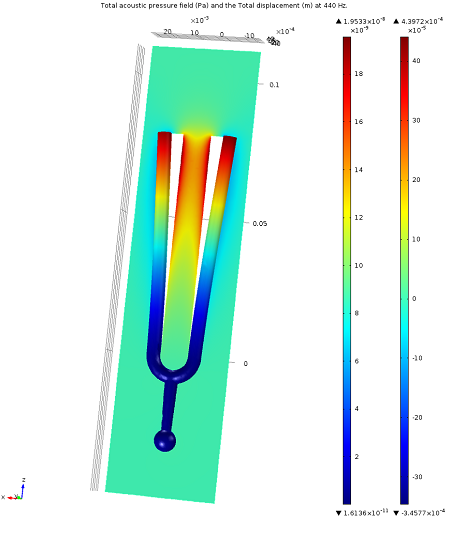
Tuning an Orchestra with the Help of Multiphysics Simulation
Multiphysics applications are all around us. Consider, for example, a setting where science may be the last thing on our minds: a music concert. You might be enjoying the slight sinusoidal variations in atmospheric pressure we call sound waves, or music, but those pressure variations must come from somewhere. In fact, they are due to a multiphysics effect where sinusoidal structural vibrations in an object disturb the surrounding air, causing pressure variations in the air that then propagate outward and […]
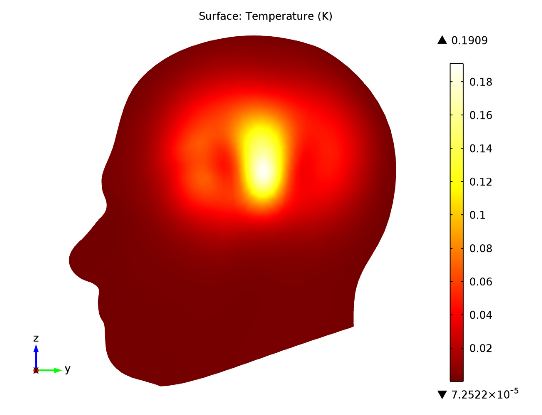
Specific Absorption Rate (SAR) in the Human Brain
It seems everyone and their kid brother has a cell phone these days — and we are constantly using them. We don’t just rely on them to make calls anymore, either; they serve as our maps, calendars, to-do lists, channel for social interaction, and so forth. This continuous use begs the question: “What about the radiation our phones emit, and how much of it is absorbed by our brains?” When considering this, scientists use the specific absorption rate (SAR) to […]
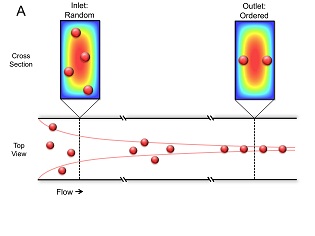
Inertial Focusing, a Counterintuitive Approach to Concentrate Cells
Suppose we have a rectangular microchannel containing a laminar flow with Reynolds number Re = 1. Next, let’s randomly distribute suspended particles at the channel’s inlet. Given that there are no external forces acting on these particles, you would intuitively expect that the particles would trace the fluid streamline. However, scientists from Massachusetts General Hospital (MGH) and Veryst Engineering would disagree, and their research findings suggest a completely different pattern than what would be expected. The researchers claim that depending […]

Simulating Pesticide Runoff, the Effects of Aldicarb
When pesticides are used in crops to control pests, their effects on the environment continue even after they have served their purpose. Pesticides can leach into the soil and water sources that both humans and animals depend on, spreading harmful chemicals to the surrounding ecosystem. Over time, their active ingredients are detoxified through different reactions that occur after their release, eventually degrading them into harmless products. Understanding the pesticide runoff patterns and mobility of various pesticides before and after they […]
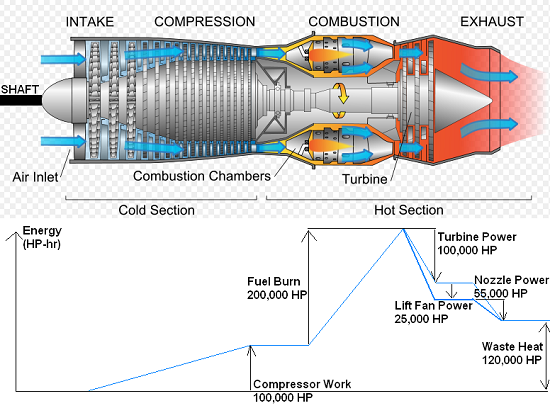
Turbine Stator Blade Cooling and Aircraft Engines
Technology and mechanics enthusiasts might agree that engines are very cool — and they also know how fussy they get when running into cooling problems. When it comes to aircraft propulsion, overheating is not an option. Most planes can’t fly safely without an engine, so why run the risk of overheating? While current engine designs limit that risk using clever cooling systems, another path to solve this problem would be to design more energy-efficient engines, exempt from excessive heat release. […]

How to Implement a Mesh Refinement Study
A couple of weeks ago, I led a webinar on postprocessing and visualization features in COMSOL Multiphysics. This webinar was very popular among COMSOL users, so I wanted to follow up with a blog post to highlight one of the important topics we covered — performing a mesh refinement study in COMSOL Multiphysics.

Lam Research on Simulation of Wafer Fabrication and Moore’s Law
We have come to take for granted the ever-increasing performance gains in computational power. Enabled by advances in semiconductor processing techniques, we reap the benefits from exciting new features in everything from smartphones to workstations. The good news for all of us is that the semiconductor industry is steaming ahead, relentlessly pushing the limits of wafer fabrication. Each year, a new generation of sophisticated fabrication equipment is developed. Features etched on silicon are now at the atomic scale. In the […]
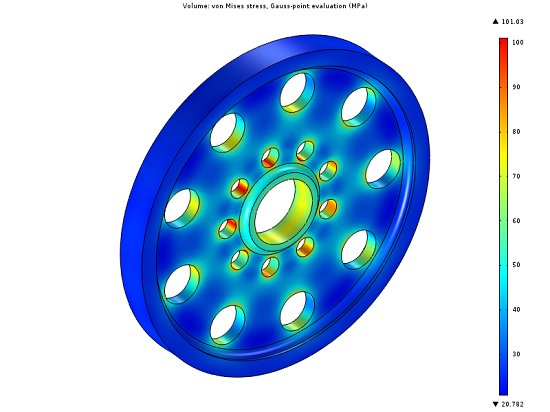
Using Gradient-Free Optimization
The COMSOL Optimization Module includes both gradient-based and gradient-free optimization techniques. Whereas the gradient-based optimization method can compute an exact analytic derivative of an objective function and any associated constraint functions, it does require these functions to be smooth and differentiable. In this blog post, we examine the use of the gradient-free optimizer, which can consider objective function and constraints that are not differentiable or smooth. The dimensions of a spinning wheel are optimized to reduce the mass while maintaining […]

Simulating the Freeze-Drying Process
When thinking about freeze-drying processes, I am reminded of astronaut food like the freeze-dried ice cream I tried as a kid. While this application of freeze-drying is important for preserving food being launched into space, there is also an incredible number of noteworthy applications that are used a little closer to home. Let’s take a look at the freeze-drying process, how it can be simulated, and some of the products and designs that rely on it to function.

Using a Microfluidic Valve to Separate Charged Particles
When you think of a valve, what is the first thing that comes to mind? Electromagnetic waves, or perhaps, Stokes flow separating charged chemicals in a microchannel system? Maybe neither. The truth is, when researchers try to separate small (in the picoliters region), well-defined sample volumes of chemicals, the dispensing accuracy provided by a mechanical regulator probably won’t suffice. An electrokinetic valve, a type of microfluidic valve, on the other hand, provides the perfect solution by giving researchers the flow […]

Hear About Designing Efficient Appliances from Mieletec FH Bielefeld
In 1898, Carl Miele and Reinhard Zinkann founded the Miele company. Since then, it has grown into one of the world’s foremost producers of household appliances, including washing machines and cooking devices for both domestic and professional use. Miele has created a joint research laboratory, mieletec, with the University of Applied Sciences in Bielefeld, Germany. There, the foundations are being laid for the next generation of resource and energy efficient household appliances. This October, you have the chance to hear […]
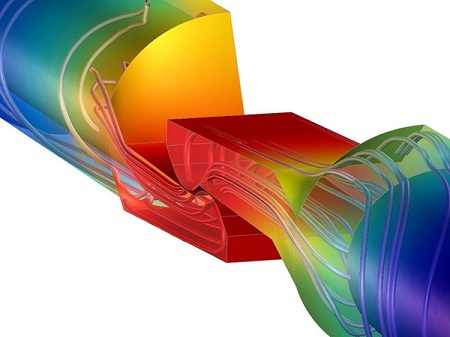
Analyzing Electrical and Thermal Conductance in a Contact Switch
A contact switch is used to regulate whether or not an electrical current is passing from a power source and into an electrical device. These switches are found in many types of equipment and they are used to control, for example, the power output from a wall socket into a device when it is plugged in; the currents passing across the circuit board of a computer; or the electricity powering a light bulb when the switch is flipped on. Because of their […]

ETREMA to Talk About Transducer Design using Smart Materials
Julie Slaughter and her team at ETREMA Products are in the enviable position as the sole U.S. provider of the smart material Terfenol-D, and developer of products based on this material. Terfenol-D is said to produce giant magnetostriction that boasts strains 100 times higher than traditional magnetostrictive materials, such as iron. Just imagine the possibilities of applications harnessing this amazing material property. If you’re attending the COMSOL Conference in Boston this October, you will hear ETREMA talk about transducer design […]

Success Stories and Limitations of 3D Printing
From supporting research to creating custom prosthesis, what doesn’t 3D printing seem to promise these days? We all know 3D printing has arrived, and the technology is already being put into practice by companies and tech-savvy consumers everywhere. It seems there’s a new 3D printing success story published every day, and no matter how fascinating, it makes you wonder about the wider repercussions and limitations of 3D printing.

Density-Driven Fluid Flow in Porous Media
There are many different forces that can induce flow in fluids, such as kinetic energy, pressure gradients, concentration gradients, and many more. In natural systems, one effect that can initiate fluid flow in a still fluid is a change in density. This density change will result in a change in the fluid’s buoyancy, thus inciting flow as the denser fluid sinks and the less dense, buoyant, fluid rises. You’re probably most familiar with these changes in density occurring due to […]
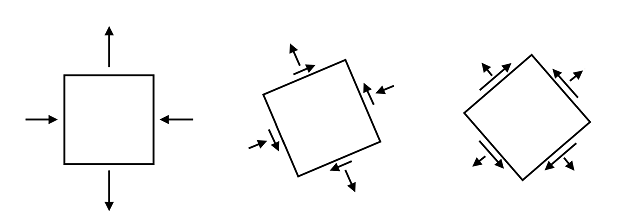
Fatigue Prediction Using Critical Plane Methods
Research on fatigue started in the 19th century, initiated following failing railroad axles that caused train accidents. In a rotating axle, stress varies from tension to compression and back to tension in one revolution. The load history is simple because it is uniaxial and proportional. Fatigue can then be evaluated with the S-N curve, also known as the Wöhler curve, which relates stress amplitude to a component’s life. In many applications we deal with multiaxiality and non-proportional loading. In this […]
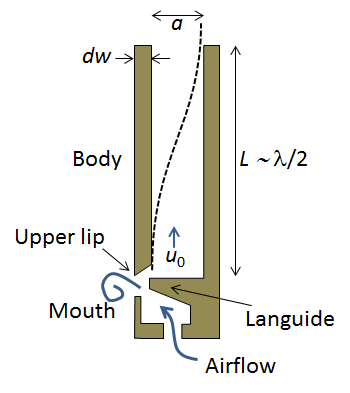
Acoustics Tutorial for Modeling Organ Pipe Design
The way the sound is shaped as it passes through the pipe of an organ is the result of a carefully calculated and intricate pipe design. Browsing through the Model Gallery, I came across a model of an organ pipe, and it happens to be a great acoustics tutorial for using the Pipe Acoustics, Frequency Domain interface in COMSOL Multiphysics. Let’s talk organ pipe design, and walk through how we can model it with multiphysics software.
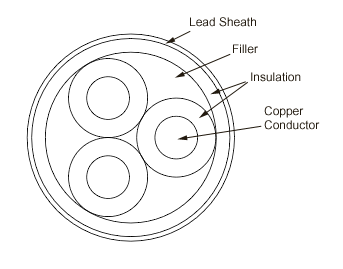
Simulating Thermal and Electrical Stresses in Medium Voltage Cables
Underground medium voltage cables are often used to deliver electrical power from a transmission system and into the home of consumers. In the United Kingdom, these cables carry hundreds of amps at voltages between 11 and 33 kV, a typical voltage of electrical transmission cables around the world. Analyzing the stresses that these cables are exposed to over their lifetime is important for ensuring both consumer safety and energy efficiency. Researchers from the Glasgow Caledonian University in Scotland used COMSOL […]
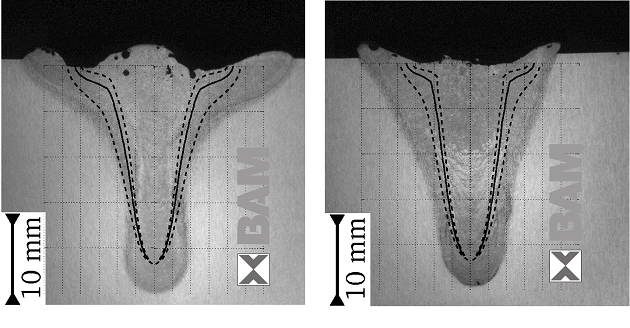
Laser Beam Welding Gets a Magnet Make-Over
Our day-to-day lives are dependent on the safety of technical systems and processes. We blindly trust that reactor vessels withstand the test of time, that the train or ship we’re on does not break down. These metal structures, in turn, rely on accurate welding processes. Here’s where BAM Federal Institute for Materials Research and Testing comes into the picture. BAM researchers have been working on improving upon the high-power laser beam welding process in order to promote safer and more […]

Past, Present, and Future of 3D Printing
There are many necessary steps required in order to create a superior product. Based on some initial (or existing) design, you first need to evaluate the physical characteristics of the system. Once some level of understanding of the system has been obtained, it should then be possible to refine and optimize the design based on some reasonable choice of a figure of merit for a good design. The final stage is to prototype the design, which is where 3D printing […]

Can You Use Heat Transfer to Predict Migration of Contaminants?
The flow of fluid through a porous medium is usually described by Darcy’s Law. However, what if you wanted to look at a combination of fluid flow, heat transfer, and mass transport in a porous medium? Instead of using Darcy’s Law, which calculates an average linear velocity for fluid flow in porous media, the Navier-Stokes equations would be necessary in order to obtain accurate results. In addition, heat convection and conduction, as well as mass transport would need to be […]

Report from the Joint CAA-ASA Acoustics Conference
Last month, the Acoustical Society of America (ASA) and the Canadian Acoustical Association (CAA) held the 21st joint meeting of the International Congress on Acoustics (ICA) in Montreal, Canada. This joint congress is one of the major acoustics conferences of 2013, featuring a range of parallel sessions that covered most topics in acoustics. These included, among other things, psycho acoustics, underwater acoustics, transducer modeling, acoustics of musical instruments, nonlinear acoustics, and many more. This year’s acoustics conference also featured a […]
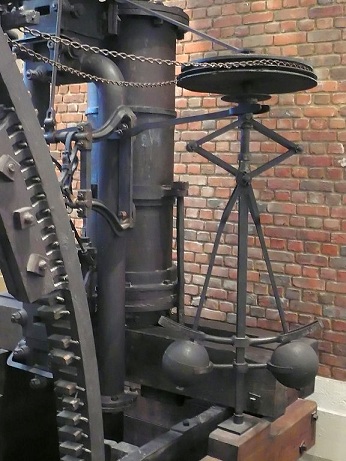
Simulating an Engine Governor, the Spring Loaded Centrifugal Governor
We’ve probably all seen centrifugal force in action in one way or another, whether it be riding on a merry-go-round as a child, spinning a bucket of water upside and observing as the contents hug the insides of the bucket, or watching mud spinning off of a turning tire. In addition to making dizzying carnival rides, this force can be used in the design of many mechanical applications, where it is harnessed to control a variety of effects. One such […]

Keynote Speaker from Philips to Talk about Pulmonary Drug Delivery
Philips Research Laboratories, located in Eindhoven, is often considered to be an incubator of ideas. The prestigious institute has traditionally been the core of all new product developments at Philips, and many of their forefront discoveries were made here. In October, Senior Scientist Alwin Verschueren of Philips Research Laboratories will hold a keynote talk on pulmonary drug delivery at the COMSOL Conference Rotterdam 2013.
